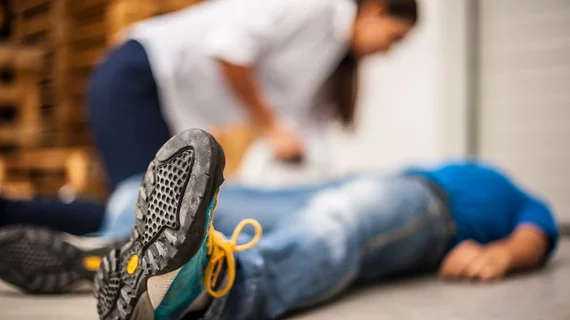Early epinephrine treatment during cardiac arrest increases chance of a good recovery
Patients treated with epinephrine in the early stages of cardiac arrest may have a better chance of recovery, according to new data presented at the American Heart Association’s Resuscitation Science Symposium (ReSS) 2021.
The analysis included 6,416 adult patients who had an out of hospital cardiac arrest with “shockable initial rhythm” from 2011 to 2015. The mean patient age was 64 years old, and the majority were men.
For certain cardiac arrests, an AED is often used to deliver an electric shock to the heart to restore a heartbeat. Under that scenario, the hormone epinephrine, or adrenaline, can be administered via injection to help restore blood flow.
The authors found that epinephrine administration within four minutes after the first shock from an AED resulted in a greater chance of recovery.
In contrast, administration after four minutes was associated with a reduced possibility of recovery. Patients in that cohort were also almost half as likely to have heartbeat and blood flow restored prior to hospital admission and half as likely to survive to hospital discharge or be able to perform daily tasks.
In addition, the risks of later epinephrine treatment were more likely to increase with each minute that treatment was delayed.
“Our study’s findings should guide emergency medical services professionals towards earlier administration of epinephrine during out-of-hospital cardiac arrest management," lead author Shengyuan Luo, MD, MHS, an internal medicine resident physician at Rush University Medical Center in Chicago, said in a press release.
ReSS 2021 runs from Nov. 12 to Nov. 14. More information is available here.
